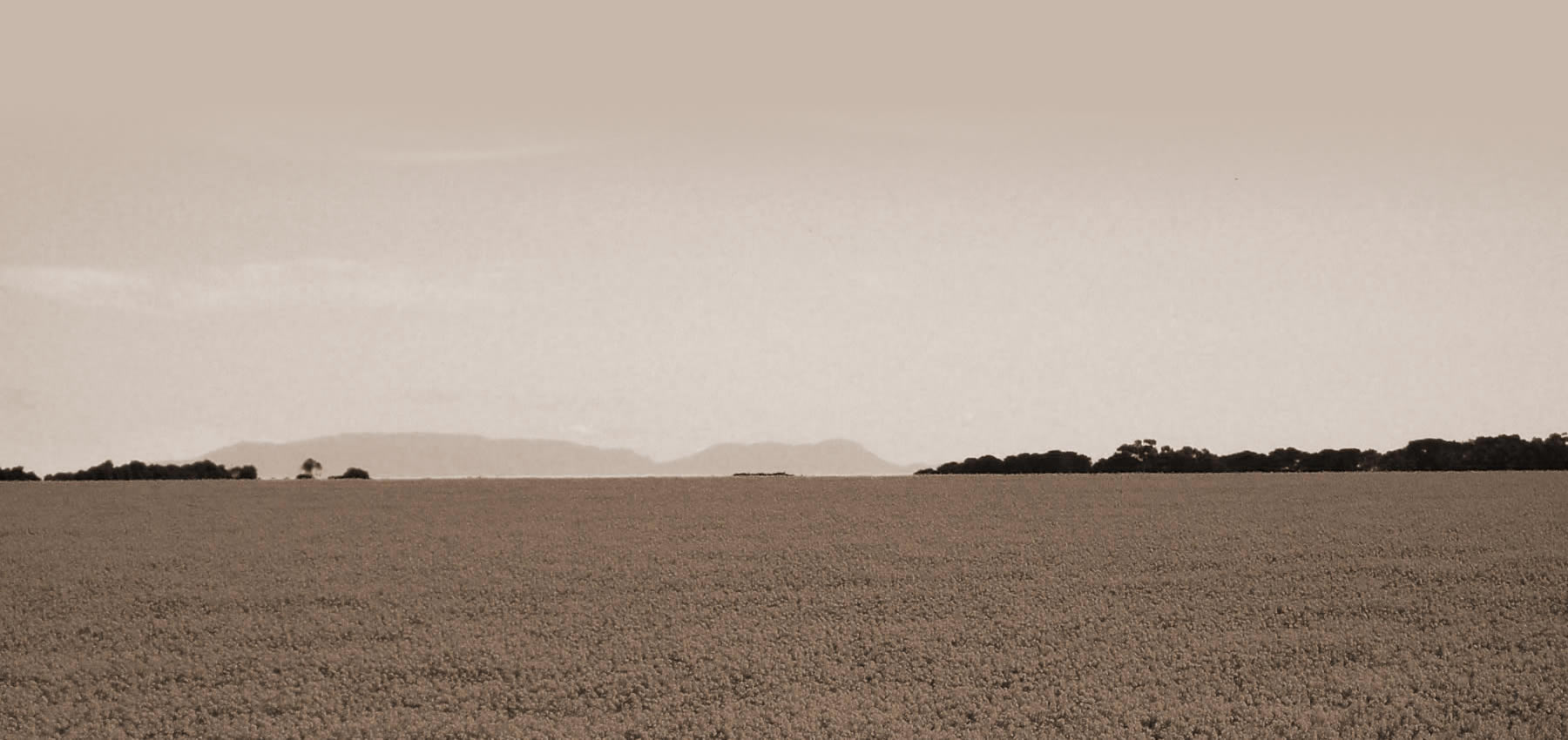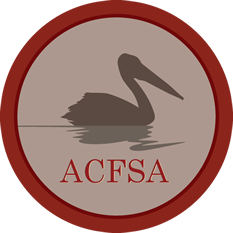We have recently linked up with a national endeavour being run from the Victoria Museum, Melbourne, called the INVISIBLE FARMER project.
In today’s mediaspeak it could be just as easily be called #HER TOO!
Anyone who grew up on the land understands the completely vital and varied roles that women have always played in agriculture, quite apart from giving birth to and nurturing each new generation. The focus has always tended to be on the ‘man on the land’. Your applications provide a unique opportunity to complete the story, and redress this lack of history.
Whereas for many families, including my own, there has been pride in the generational continuity of a family name,it is hardly an essential part of any application.
While co-ordinating the NZ Century Farm Awards I met a mother and daughter who were dairy farmers. They commented that no one in their district appreciated how long they had been farming as the property had always been inherited by women, resulting in a name change with every generation. The mother joked that she had now wrecked that arrangement by adding several sons to the picture!
I recently received a copy of a guest post on The Australian Women’s Register Blog, by Maggie Shapley, University Archivist Emerita, Aust. National University. Excerpts below…..
“I’ve just had first-hand experience of how ‘invisible’ women farmers can be. I looked through all the entries for the Australian Century Farm Awards which are held in the Noel Butlin Archives at ANU. In each of the family and farm histories, there are many women mentioned usually in the context of names and birthdates of their children but their work on the farm goes unremarked. You only get snippets of information which suggests that women were involved in farming. There are references to families being self-sufficient through milk and butter production, vegetable gardens, smokehouses, beekeeping and poultry but no mention of what role women may have had in these activities. I’m happy to hear about other 19th century women ‘invisible’ farmers so that their stories can be added to the Australian Women’s Registry”.
There is a check box on the application form if you’d like to share stories of the women in your family and their contribution/s to your farm or station history.
In my experience it’s most often women who are keepers of the family letters, photographs, newspaper clippings etc and who put together the ACFSA applications.
So let’s hear it for the girls!

